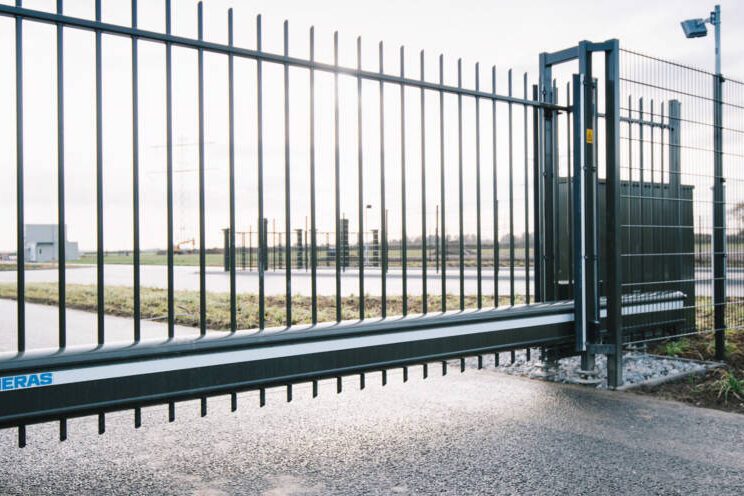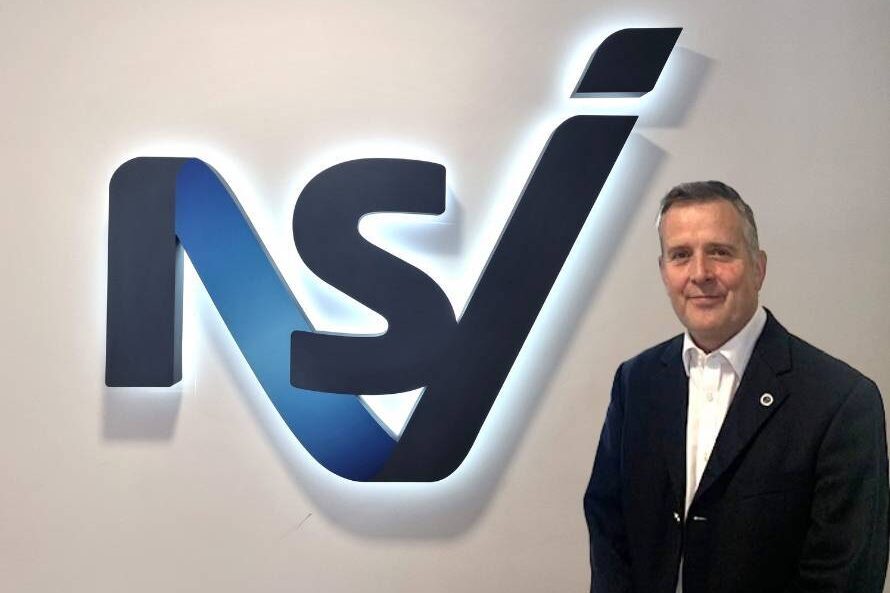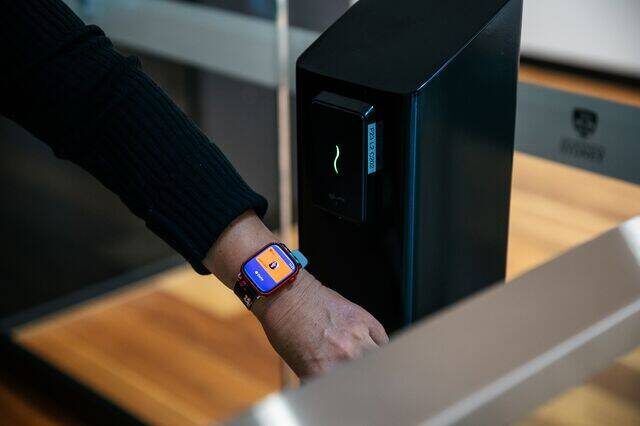
Steering Clear of Collisions and Congestion
Despite technological advancements, gridlock continues to plague primary thoroughfares on a daily basis in even the most illustrious cities. Engineers and traffic authorities have, however, certainly not sat still while traffic jams get the upper hand of our roads. The fruits of their efforts have taken flight in one of the world’s most celebrated mega metropolises. The result is that it’s now a lot simpler to steer clear of collisions and congestion in Paris than it was a year ago.
Over a period of five years, Siqura, manufacturer of advanced video surveillance solutions, and AID expert, Traficon, will work together with other leading systems integrators, installers, and industry suppliers to implement a video surveillance system for acquiring, analyzing, transmitting, and recording video in twenty-two tunnels in and around the city of Paris.
Directed and financed by Direction Interdépartementale des Routes d’Ile-de-France, or the French Ministry of Traffic Management (DIRIF), the system covers 45 kilometers of tunnel roads and is the largest traffic monitoring project of its type ever implemented in Europe.
“The implementation of this system is a pivotal step for DIRIF,” said Christophe Lemmierre on behalf of the engineering division at DIRIF. “On the one hand, we are migrating from a traditional analog system to the latest IT and video surveillance technologies, such as MPEG and H.264 compression techniques. On the other, this is a major advancement within a larger project to improve safety in the tunnels in the Ile de France region.”
Immediately Detecting an Impasse
While a plethora of various intelligent transportation systems (ITS) proliferate on roads around the world, AID systems have become increasingly popular in recent years as more and more research indicates that instantaneous and accurate incident detection is imperative to improve road and tunnel safety.
In general, AID systems use intelligent algorithms to continually analyze camera images for unusual occurrences and to alert operators within seconds of the type of incident and its location. From a centralized control center, the notified operator can visually verify and assess the situation and react appropriately. This may entail adjusting lane control signs, variable speed signs, or dynamic message signs as well as informing authorities, such as the police, fire department, or emergency medical services. In this way, traffic can continue more smoothly and safely, despite obstructions or mishaps.
“The strength of camera-based intelligent technology is its unique fast detection rate in combination with the direct visual feedback,” explains Steve Collins, Director of Traficon France. “Thanks to this intelligent surveillance system, the operator is instantly warned about any ‘abnormal traffic behavior’ inside the tunnel and can quickly launch all necessary steps to prevent an accident from escalating into a major tragedy.”
Keeping a close watch on safety
In twenty-two tunnels around Paris, through which more than 200,000 cars drive every day, Siqura will integrate 1600 of its Siqura video servers to encode and transmit the camera streams. The images from each of these cameras are merged with AID information generated by nearly 1500 of Traficon’s VIP-T boards. The Siqura codecs will compress the video into MPEG-4 and H.264 and stream it to the dedicated control room of each of the tunnels for viewing and storing footage.
Data, events and alarms generated by the VIP-T detector from each of the twenty-two tunnels are handled by the Traficon Management System (TMS), called Flux. This software platform includes both a configuration client and server. Flux enables tunnel personnel to draw up the incidents that the Traficon detector boards need to monitor. Incidents might include anything from pedestrians, stopped vehicles, wrong-way drivers, and lost cargo to queuing, speed drops, and even the presence of smoke. Furthermore, tunnel personnel can also specify scenarios in Flux of possible situations that might occur in one of these Parisian tunnels, such as various maintenance projects or day and night lighting parameters. Armed with these scenarios, Flux can discern between actual events and anodyne occurrences.
For example, the detection boards might be configured to notify the Flux management system if pedestrians are detected in the tunnel. The detection boards will then always alert Flux if someone is walking around in one of the tunnels. If Flux is using a normal, everyday scenario, it will trigger an alarm. However, if part of the tunnel is under maintenance, Flux will use a different scenario. This maintenance scenario will allow Flux to interpret the information from the detection boards as irrelevant if the so-called pedestrian happens to be a road worker.
Moreover, Flux uses configured AID events to trigger a Siqura network video recorder (Siqura i-NVR) to save any relevant video clips to the system for future use. These recordings can be reviewed later to help improve the traffic monitoring system and hence the safety of the motorways in and around Paris.
“The extended temperature range of the Siqura encoders enables them to withstand the rugged tunnel conditions while still transmitting high quality video,” explains Mr. Lemmierre. “The adoption of Siqura video recording systems in the four DIRIF control rooms allows operators to review recorded images up to 72 hours after an event occurred. Since these recording systems are associated with Traficon’s AID systems, which include spatial-temporal markers, operators are provided with an undeniably user-friendly system to improve safety in the tunnels and comply with rules and regulations.”
Taking technology to the next level
If your cell phone can connect with Facebook and give you someone’s contact info or you can have a video conference with people on the other side of the planet for free, we ought to be able to effectively manage our motorways. Yet the world of video networking is a booming industry containing a collage of devices and technologies from an array of manufacturers and vendors, all competing for the best solutions to the problem of how to keep people and places secure.
With such an abundance of options, the real achievement comes when system designers and manufacturers, such as Traficon and Siqura, come together and connect their innovative and intelligent solutions with other network components to produce life-saving and valuable video surveillance systems. DIRIF’s pioneering Parisian AID tunnel project shows us that, along with all the other ground-breaking technological advancements we have made, we are well on our way to effectively combating bottlenecks, as well as creating safer and smoother roads for motorists.
“From the beginning of the project, Siqura and Traficon have shown a willingness to collaborate on this project,” said Mr. Lemmierre. “The representatives of both always provided quality technical support and were nice to work with.”
Contact
www.siqura.com/









